More Print Tips
- • Maximum Impact: Is it Best to Send a Postcard or a Letter?
- • Drive Rapid Response to Your Direct Mail: 10 Pro Tips
- • The Usefulness and Utility of Print Marketing
- • Boost Sales with Brochures
- • 5 Opacity Tips You Should Know
- • The Window to Marketing
- • Profitable Postcard Marketing: Finding the Right Frequency
- • 3 Fundamentals for Nailing Your Direct Mail Marketing
- • Picking the Perfect Paper
Maximum Impact: Is it Best to Send a Postcard or a Letter?
You've solidified your concept. A campaign takes shape. Now, the daunting question: What kind of print medium should you use?

In many cases, concepts will dictate choices, and the key consideration is this: what is the most convincing way to share these ideas?
Choosing Between More Visual and More Verbal
Communication shared through print happens in two formats:
1. Visually-led ideas: Visual ideas demand brevity, and by definition, postcards always have few words.
2. Copy-led ideas: Copy-led ads (like letters) are word-dominant, often showcasing complex or serious ideas.
Inspiring Examples and Helpful Takeaways
The best visually-led ideas are simple and focused.
Here, minimalist artwork allows the mind to latch onto one key idea. When Burger King promoted spicy Mexican fries, ads featured a single skinny fry, displayed horizontally with a round dab of ketchup on the end. A stark white background made this matchstick image pop, and only one reference was tucked in the bottom corner: "Firey Fries. Burger King."

The strongest copy-led designs push the conviction you have about the product.
Is your product story interesting enough to warrant letter-length copy? If so, it must be written with personality and precision to honor readers' time. Don't be boring – and don't waste words.
Extended copy works if the occasion calls for it because complex ideas require language. When Lexus promoted $200,000 vehicles to Singapore's Mercedes-Benz saturated market, it had to distinguish Lexus as a true competitor. Full-page Sunday newspaper ads featured the unique elements – like silence, power, and aging well – that made Lexus great. Creative director Patrick Low explained:
"We had to sell engineering . . . but we wanted to show all the small things, all the small details that make a car great. We decided to marry the high standards of the owners with the high standards of the car to show how the driver's values are reflected in the car. We took the positioning, For perfectionists, by perfectionists.'"
Though letters are copy-led, it's okay to include graphics because people always read captions and quotations.

Hybrid Approach
Finally, there is no reason why postcards and letters can't coexist in the same campaign as individual pieces with a cohesive attitude, typeface, tone of voice, or campaign branding that unifies each piece.


Cutting Edge Advertising: How to Create the World's Best for Brands in the 21st Century
by Jim AitchisonJim Aitchison
Cutting Edge Advertising is the first and only book providing a step-by-step plan to create cutting-edge print advertising for the twenty-first Century. Over 300 world-famous print ads are discussed and analysed in depth by the people who created them - the Gods of advertising now, not forty years ago. Internationally respected names like David Abbott, Tim Delaney, John Hegarty, Gary Goldsmith, Bob Barrie, Neil French and Jeff Goodby - from the world's most admired advertising agencies - share their secrets in a carefully structured, inspirational journey through the contemporary truths of doing great ads.
The book serves as a reference text for creatives, clients and colleges. No other single title covers the subject so completely - from research and strategy, through to conceptualising and crafting. For creatives in every agency of the world, the book provides a step-by-step methodology which can be applied immediately in their daily work. It means they can stop copying and start creating their own cutting edge work. By learning how to think like the masters, they can become masters themselves. For advertisers with brands to build, the book offers hundreds of insights into how the most internationally renowned campaigns were crafted. As more clients take direct control of their own advertising, the book arms them with vital methodology and a new way to think.Â










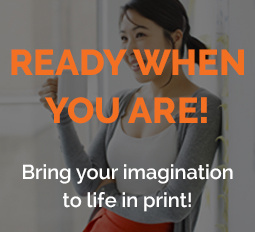
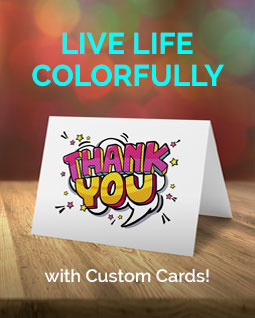
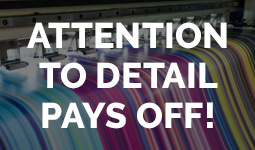


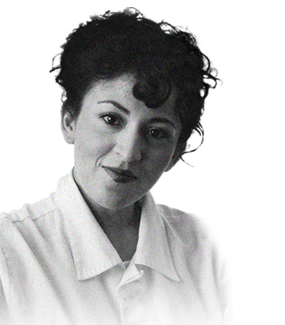
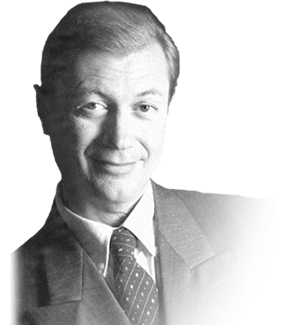





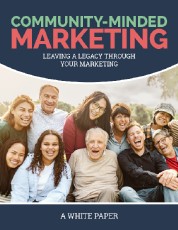


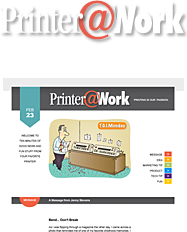
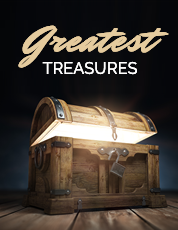


Share this